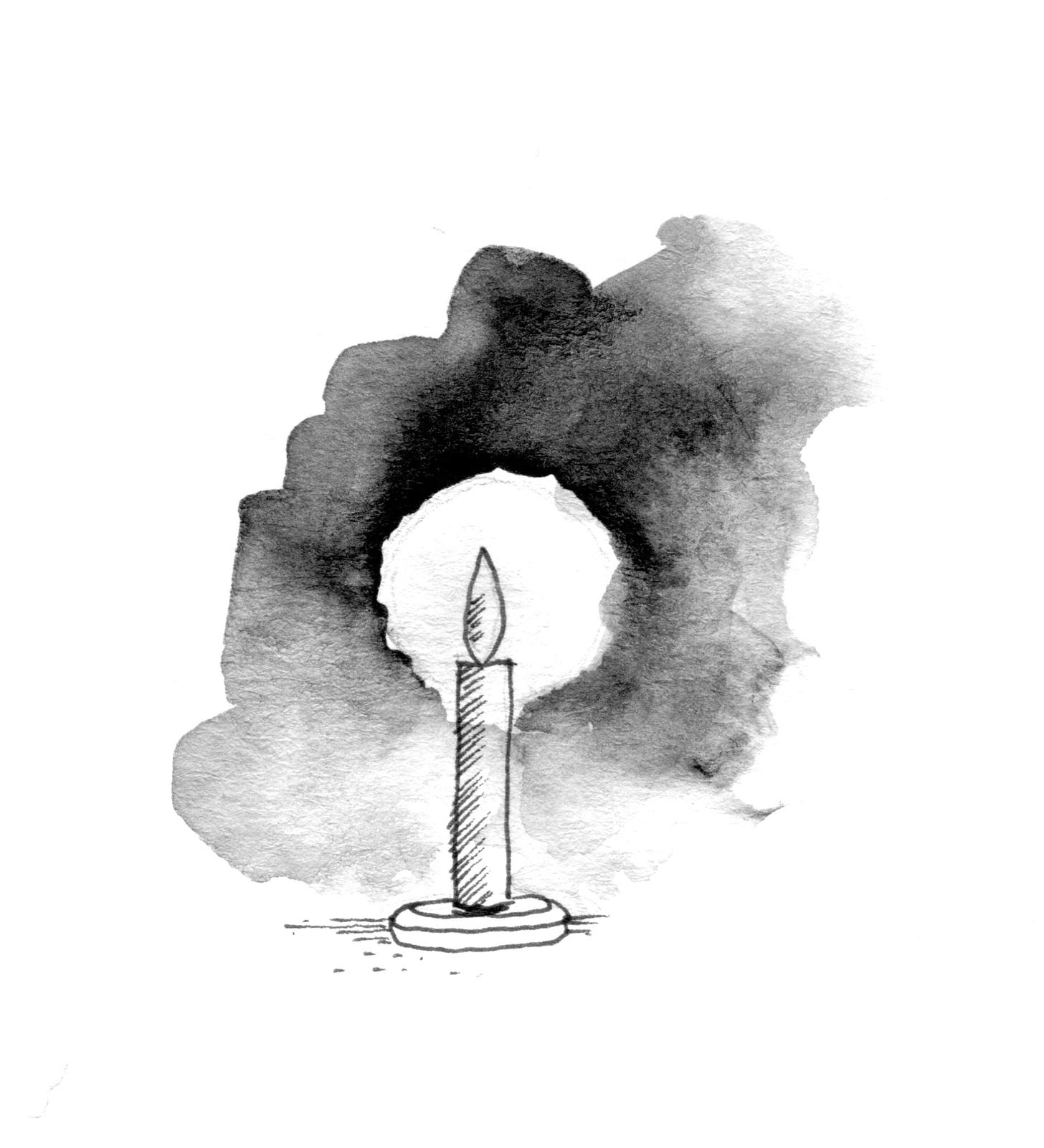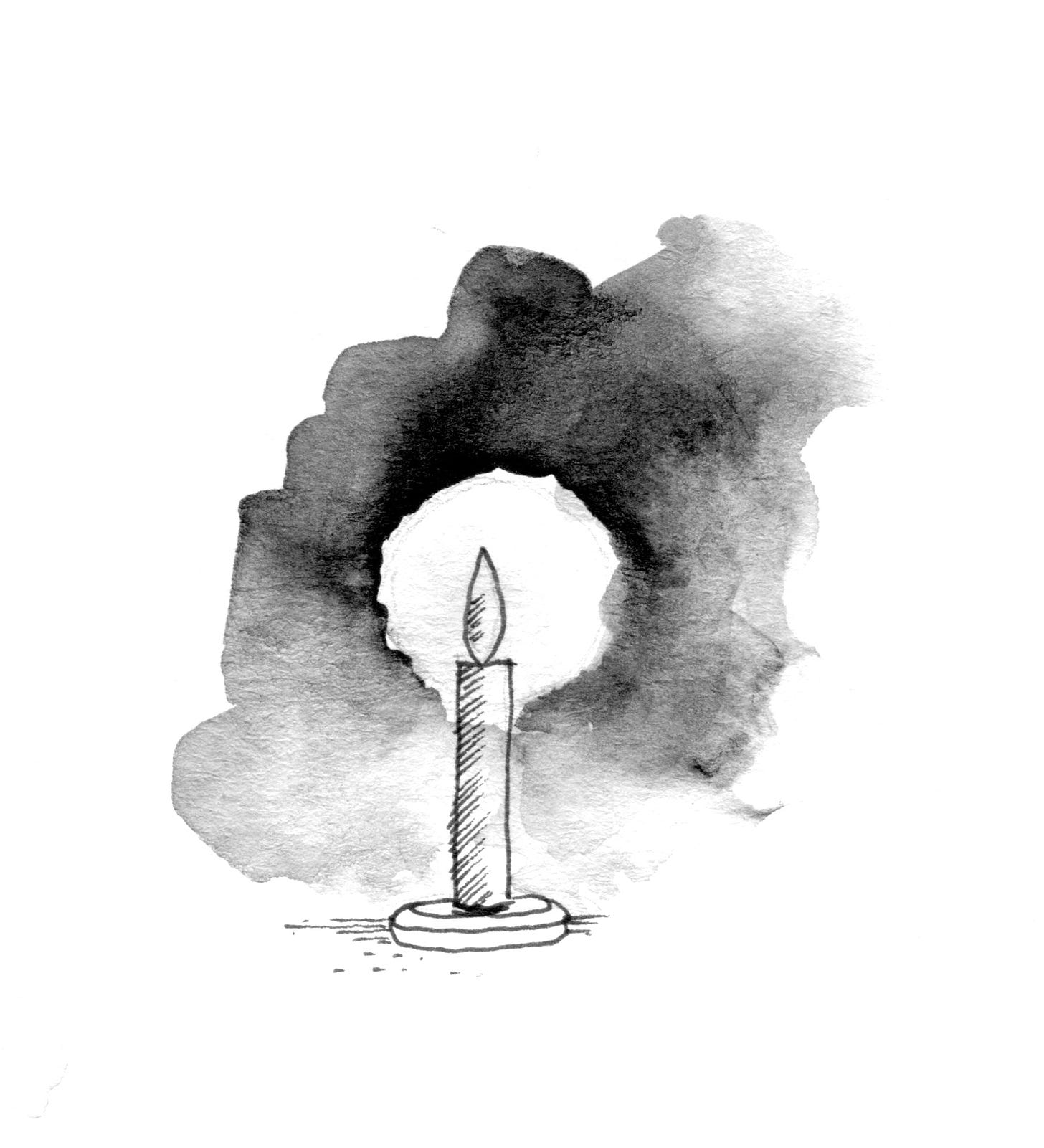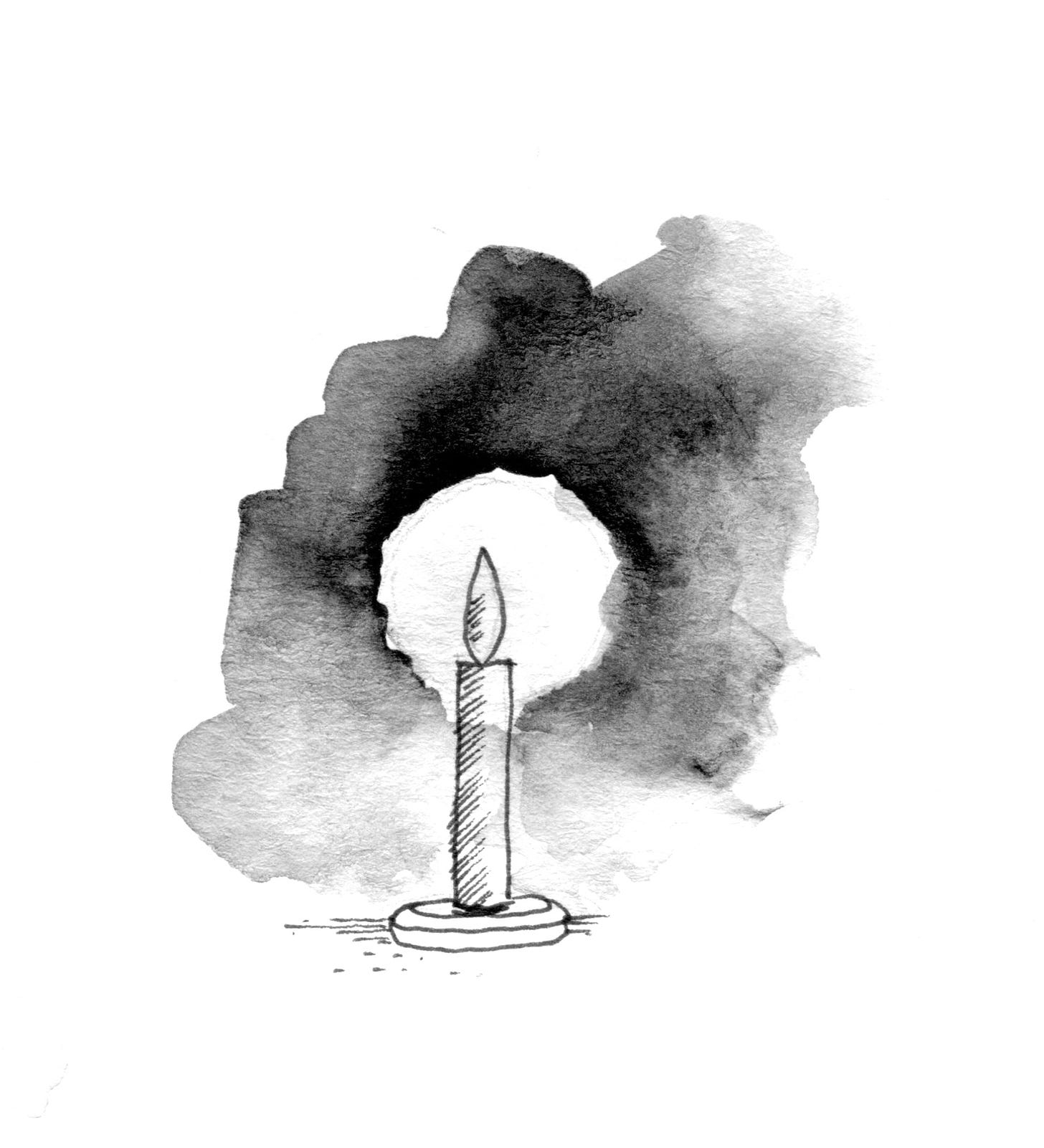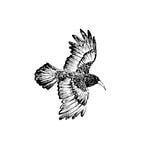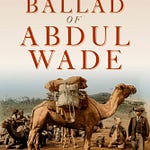Last week I received a message from an old friend. He had some news to share. But sharing news was just an excuse. “What I really want to do is to say thank you,” he wrote. “Thank you for the friendship you've shown me this year and in all the time we have known each other…I just wanted to say thank you for being a pal.”
Lately, the days have felt like moonless nights. Dawn comes and goes and still more darkness. But for a moment, as I read those words, felt them flash through my mind, a small light flickered and wavered and burned, pushing back at the edges of the shadows.
Someone once told me that as an adult you only make new friends when you have a child or buy a dog. Reproducing a human being has so far eluded me, but I have a dog. A dog that demands two daily walks or chaos ensues. At the dog park I've met Charlie and Daisy, among others. Both lively characters, both great fun. I have no idea of the names of their owners.
I see “Charlie’s dad” and “Daisy’s mum” every day, but I do not know these people. The thought of being invited into their homes or going for a drink with any of them fills me with fear. What would we talk about if not Charlie and Daisy?
Last week, in an effort to expand my social circle I attended Article Club. The club is the lazy man’s version of a book club. The idea being that it takes less time and effort to get through an article than a book. The article this week was about the ideal housing density for a modern city. Previous articles dealt with the literature of Jorge Luis Borges and Roald Dahl, fly fishing and navigating midlife crises have also featured.
Twelve people gathered. All from different walks of life, all seated around a plastic table, outside a local bar. Occupations ranged from the law to Government to crane riggers. An eclectic bunch. I didn’t have too much to say on the pros and cons of housing density, so I sat quietly and listened.
Some argued passionately for and others against, some hadn’t even read the article. The article of course was just the firestarter on the conversational flame. Pretty soon I was chatting to the crane rigger. I’d never thought much about the art of attaching objects to a crane so they can be lifted safely and securely, but when the rigger started to explain enthusiastically what knots he would use to attach a 400-pound man to a crane and lift him from his roofless house, well, I was all ears.
In the 1960s, the US town of Roseto came to the attention of Dr. Stewart Wolf. The population of Roseto was made up almost entirely of Italian immigrants who had migrated to the US from the town of Roseto Valfortore in southern Italy.
What drew Dr. Wolf’s attention was the complete absence of heart disease and the elevated life expectancy of the residents. Many were over 100 years old, despite their diet being no different, or maybe even worse, than other communities. Drinking and smoking were common.
After years of study, Dr. Wolf attributed the lack of heart disease and increased life expectancy to cultural considerations. He saw how the community would stop by each other’s homes to chat, cook for each other and socialise together. Extended families lived together and if anybody was down on their luck the community would look after them.
As the people of Roseto aged, they were not abandoned to aged care facilities, stacked away in little boxes like unloved toys. They remained connected to their communities, loved and involved, and it was these connections that enabled them to live long and healthy lives.
Dunbar’s Number is 150. That’s the number of relationships that British anthropologist Robin Dunbar believes that any one human can maintain. Within that 150 there are levels of intimacy. For really close friends the number is just five. For good friends it’s 15. The theory goes that our brains are too small to manage more than 150 relationships.
Dunbar found that when communities of people exceeded 150, they started to splinter. This held true not just for humans but for monkeys and apes too. It also held true across time, from modern day social media users to 11th century English villages.
When I discovered Dunbar’s number, I reflected on my few very close friends and even fewer good friends. If genetically I could handle 150 relationships, I wondered if I was operating under capacity.
I thought of the time that I have spent in dog parks. I had built relationships with people through their dogs, but whatever tenuous connection there was, it ended at the border of the off-leash area. They were superficial relationships, enough to sustain a fleeting interaction, to discuss worming regimes and the effect of raw meat on sensitive tummies. But that was my fault. Maybe I needed to stop asking "what’s your dog’s name?" and instead ask, “what’s your name?”
The message I received was from a close friend, someone who occupies one of Dunbar’s five positions in my relationship hierarchy. He finished with this:
“Please don't feel obliged to reply to this email. If you want to, fine, but the point was to let you know how grateful I am for you.”
I replied. I thought it had taken great courage to speak, to send that message and I wanted to let him know he had been heard. A call, a response, a connection.
Hundreds of thousands of years ago humans learnt how to make fire. Even older is our ability to make light though we seem to have misplaced the formula for it. So here it is. All that's needed is a voice to speak and ears to listen. Sometimes we must be the voice. Sometimes the ears. But we can all be the light. It's not beyond us.



